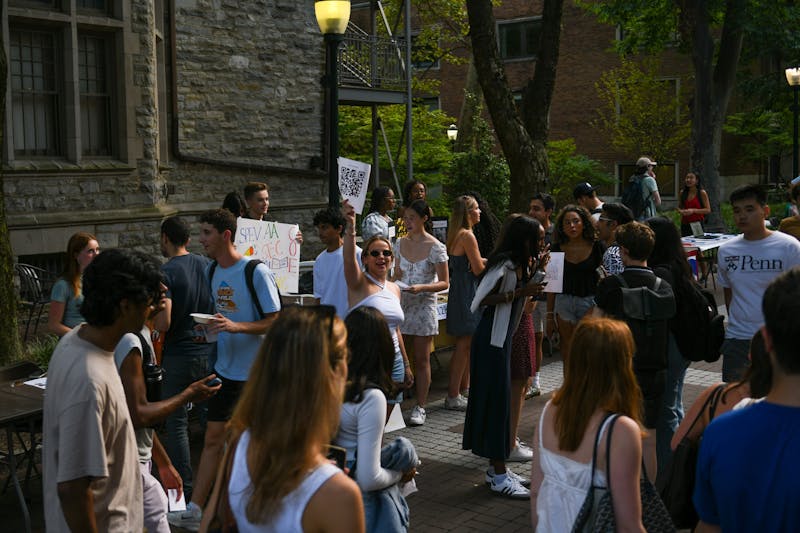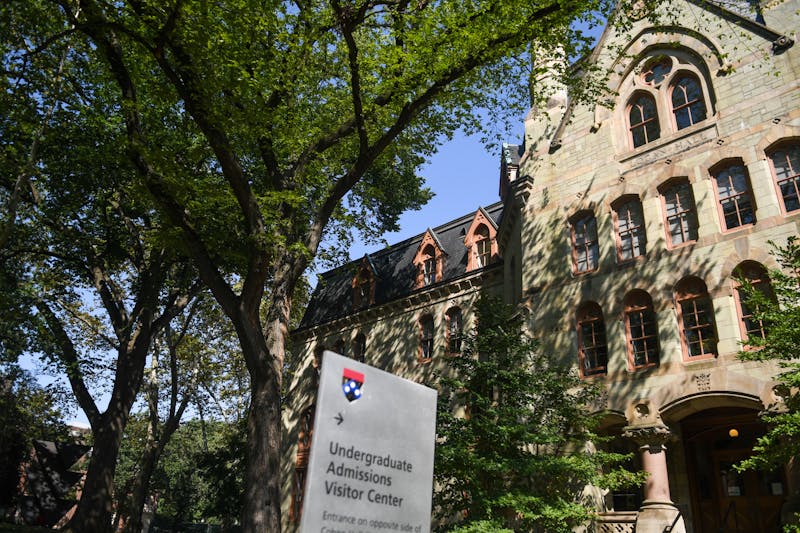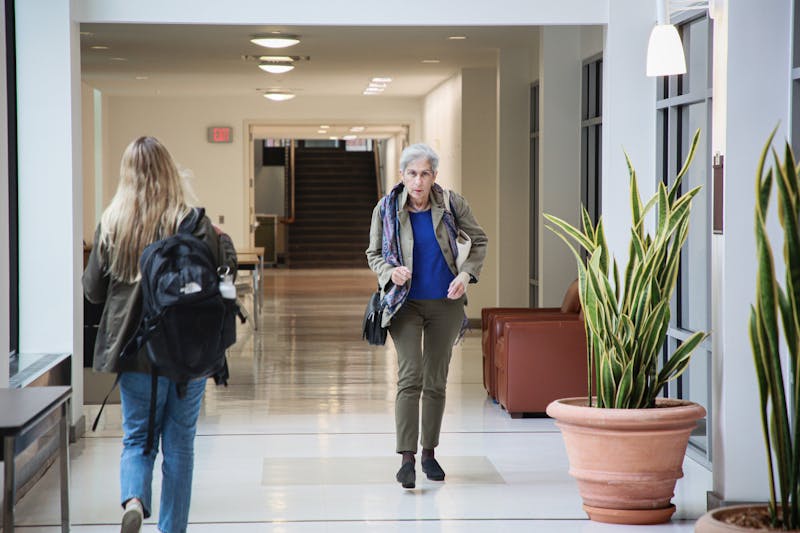
Courtesy of Eric Berg/Creative Commons
In a landmark move, Drexel University President John Fry announced a 14-acre, $3.5 billion planned expansion that will make Drexel’s campus extend farther along the border of the Schuylkill River.
This massive expansion will be called Schuylkill Yards and plans to be a market-oriented district with goals of equity and inclusion within the West Philadelphia community.
Schuylkill Yards will transform a group of parking lots and industrial buildings between Drexel’s campus and 30th Street Station into a dense new addition to University City. Planners aim to have offices make up around 55 percent of the project’s new real estate, with the rest going to housing, hotels, shops, laboratories and other uses.
As of now, the plan aims to break ground before the end of 2016 on a park outside of 30th Street Station. Work on the first new construction project — a tower of labs and offices at the northeast corner of 31st Street and John F. Kennedy Boulevard — could start by early 2018. The expansion is estimated to be completed in 20 years.
Despite a growing music and culture scene, Philadelphia has been plagued by poverty. It has the highest poverty rate among America’s 10 biggest cities, according to an October 2015 article from The Philadelphia Inquirer.
John Puckett, professor in the Graduate School of Education and co-author of the new history book “Becoming Penn,” said University City has become a boomtown — which benefits Penn and neighboring businesses — but the future of continued partnerships between the community and its major universities is unclear.
“The questions are how does all of this development help mitigate Philadelphia’s status as having the highest rate of deep poverty in a large U.S. city? And it brings up the old Republican theory of trickle-down economics: Will it mitigate concentrated poverty?” Puckett said. “Or are we just pushing the problems out of the periphery?”
Drexel has teamed up with developer Brandywine Realty Trust, which already has a strong presence in University City as developers of the Cira Center, the EVO building and the still-in-construction FMC Tower.
“We don’t want Philadelphia’s success story to devolve into a tale of two cities,” Fry and Gerard Sweeney, president of Brandywine Realty Trust, wrote in an Inquirer op-ed last week. “We can’t afford to develop one small city for the educated, upwardly mobile, and mostly white, surrounded by a much larger city whose residents are under-educated, under-employed, poor and predominantly nonwhite.”
Drexel and Brandywine Realty Trust plan to be active partners with local businesses and unions, and intend to hire local residents. Schuylkill Yards is expected to create 10,000 construction jobs and will have a planned economic effect for 15,000 employees and residents.
Amy Hillier, a professor in Penn’s School of Design specializing in city and regional planning, hopes Drexel follows through on its commitment to hire locals.
“Hopefully not just service jobs, but also some of the other jobs that all this new construction and activity will create can be jobs for people in Mantua and other parts of West Philadelphia. And hopefully these jobs will have living wages,” Hillier said.
From 1995 to 2002 Fry was Penn’s executive vice president and one of the driving forces behind its West Philadelphia Initiative, including projects like the Penn Alexander School.
To stabilize the neighborhoods west of campus following a number of violent crimes in 1996, Penn created the Penn Alexander School, issued monetary credits for Penn faculty and staff to live near campus and invested in new projects, which created the University City District and consequently problems of gentrification.
According to PlanPhilly, a website dedicated to urban planning in Philadelphia, Fry said he has used his administrative experience as a guide in navigating these issues. He told the website that no citizens would be displaced because the intended area of Schulykill Yards is not a neighborhood. Currently, it is mainly a parking lot and some Drexel office buildings.
Drexel has also worked with Brandywine Realty Trust to ensure the local communities partake in the development’s economic opportunities.
Puckett said Drexel’s expansion bears many similarities to Penn’s previous projects, such as improving retail development, providing upscale student housing and making commitments to school development.
“John Fry cut his teeth at Penn. This is where he learned the game,” Puckett said.
With new businesses in the area, apartments and housing in areas such as Powelton Village could become more expensive. This could result in a more racially, ethnically and economically homogenous neighborhood. Hillier said this could be beneficial if jobs were given to locals and if a public school is built there that serves a broad range of kids from diverse economic backgrounds.
“The opportunities that Penn missed that I hope Drexel will not, are to make sure to help create permanent affordable housing for low and middle income families,” she said. “There needs to be an opportunity for families to stay in these communities that have sometimes been there for generations, especially as they gentrify.”
In their op-ed, Fry and Sweeney noted, “Can creative commercial development be a catalyst for sustainable social progress?”
The Schuylkill Yards project may be their answer.
The Daily Pennsylvanian is an independent, student-run newspaper. Please consider making a donation to support the coverage that shapes the University. Your generosity ensures a future of strong journalism at Penn.
DonatePlease note All comments are eligible for publication in The Daily Pennsylvanian.







